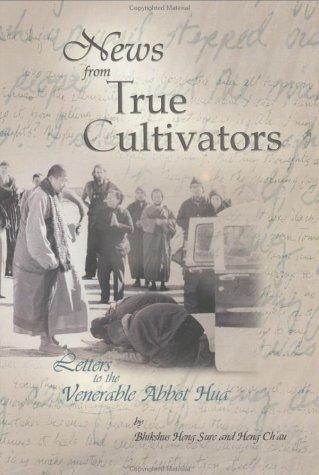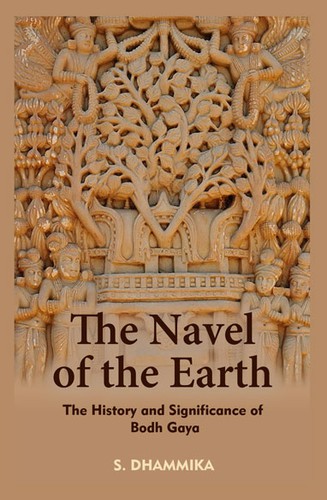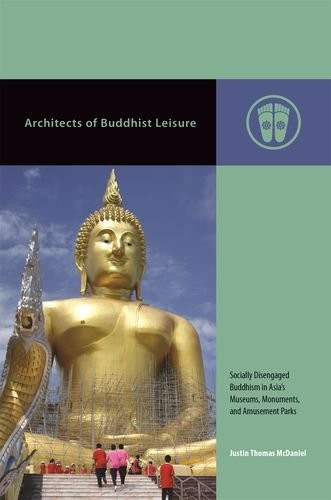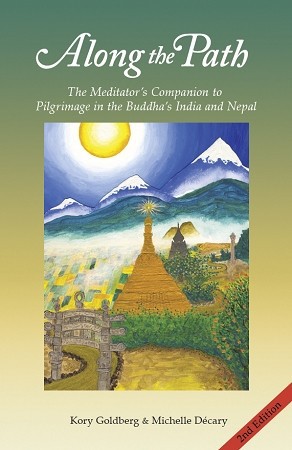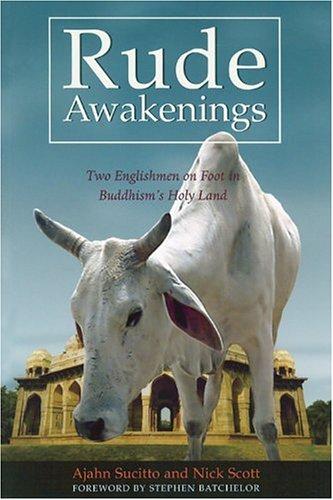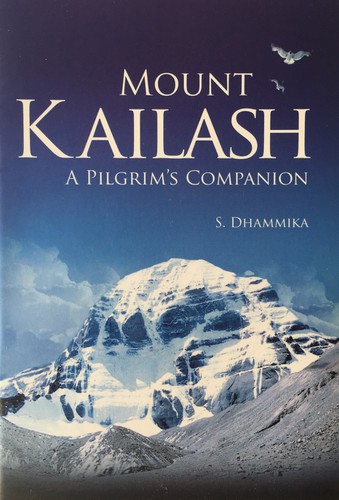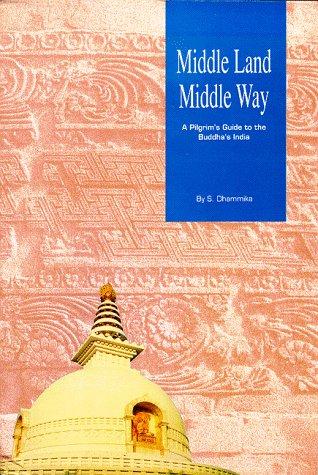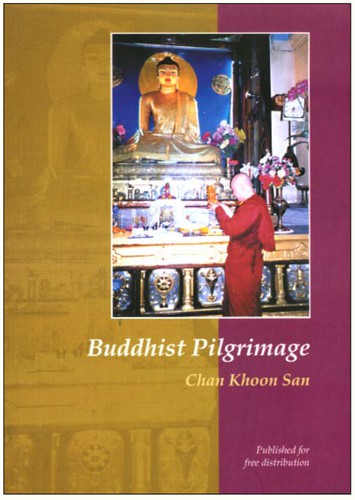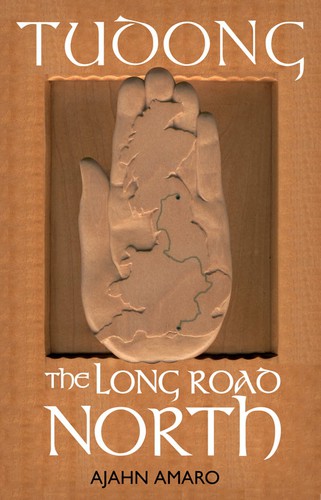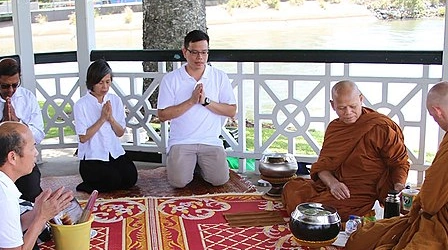Pilgrimage
Subscribe to this topic via: RSS
Religious travel, especially to sites of historic import.
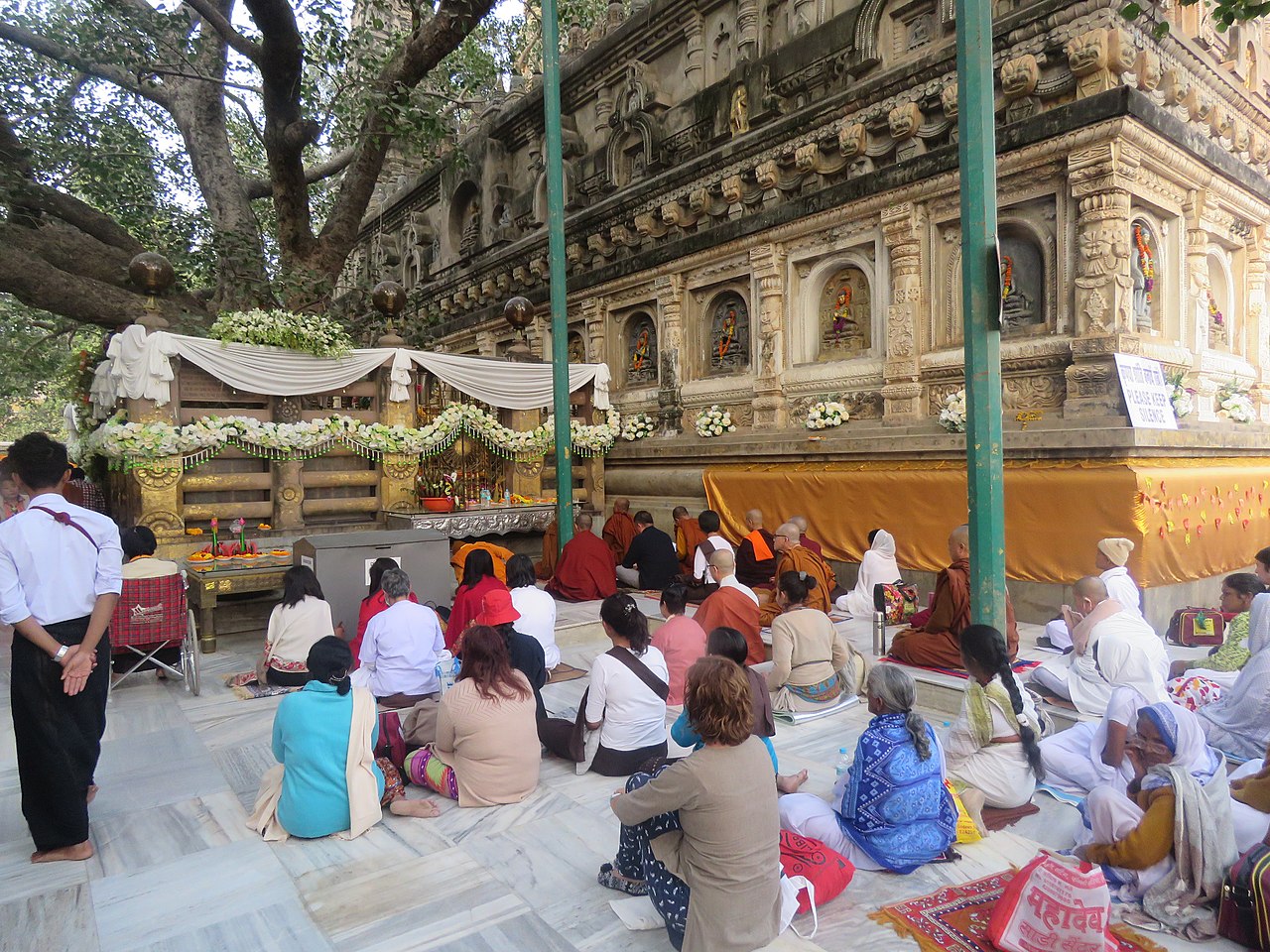
A diverse group of pilgrims sit in quiet reflection around the Mahabodhi shrine at Bodh Gaya in 2017. (Vinayaraj V R, CC BY-SA 4.0)
Table of Contents
Books (14)
Featured:
-
⭐ Recommended
-
⭐ Recommended
-
⭐ Recommended
-
453 pages
-
368 pages
-
⭐ Recommended
See also:
Canonical Works (5)
Featured:
-
The canonical account of the final days of the Buddha’s life.
-
Some people almost faint trying to climb up the mountain where I live.
-
… four inspiring places that a faithful gentleman should go to see
See also:
Readings (20)
Featured:
-
Regardless of the historical reality, we could at least observe, on the textual level, that qiufa (the search of Dharma) represents the main objective for [these early] Chinese pilgrims.
-
Their power—contrary to common sense—originated from their miniature size and intentional rejection of their sacred prototype. Through these miniatures, the banal ritual of pagoda circumambulation was transformed into an imaginary journey to the distant holy land, which was believed to be more efficacious and meritorious than an actual pilgrimage, and the prairie of northeast China was turned into the most sacred place in the Buddhist world.
-
A reminder that our archeological and geographic knowledge about the Buddhist holy sites is still not as certain as we would normally like to assume.
-
In contrast to the monastic emphasis at Ajanta, Aurangabad seems to have been more open to laity, emerging as a religious sanctuary serving primarily the nonordained
-
… the first of the four major holy places of Buddhism, being where the person who was to become the Buddha was born.
-
… conservation by neglect and the slow rate of urbanization has been a virtue in these areas and has helped to preserve many of these ancient Buddhist sites
-
On every horizon there were soaring peaks.
-
After the Buddha’s awakening he spent seven weeks at Uruvelā, the modern Bodh Gaya, and during the second week he sat gazing at the Bodhi Tree without blinking. In time, a shrine called the Animisa Cetiya, in English the Shrine of Steadfast Gaze or sometimes the Unblinking Shrine, came to be built on this site and became one of the seven sacred locations at Bodh Gaya.
-
I, too, am a bhikkhuni. The bhikkhuni sangha did not perish, but long ago spread from here to China
-
Even today it has been estimated that nearly half the population of India defecate in the open, a major cause of […] water born disease.
See also:
Audio/Video (7)
Featured:
-
🥇 Best of
A talk delivered at the Bodhi Tree in Anuradhapura, Sri Lanka on the importance of symbols in Buddhism.
-
Reflections on religious wandering in America.
-
While religious pilgrimage existed in early Buddhism, modern Buddhist pilgrimage has been heavily influenced by European ideals of tourism and exploration. In The History of Modern Tourism, you’ll gain an understanding of those values, enabling you to spot them in modern Buddhist discourse and marketing.
-
‘Shikoku illness’ is a common term that people use to describe a sense of addiction to the pilgrimage
60 min
See also:
Reference Shelf (1)
-
Over 15,000 photographs of Buddhist archeological sites, pilgrimage centres, and temples in SE Asia, as well as Videos, Maps, Posters, etc.
